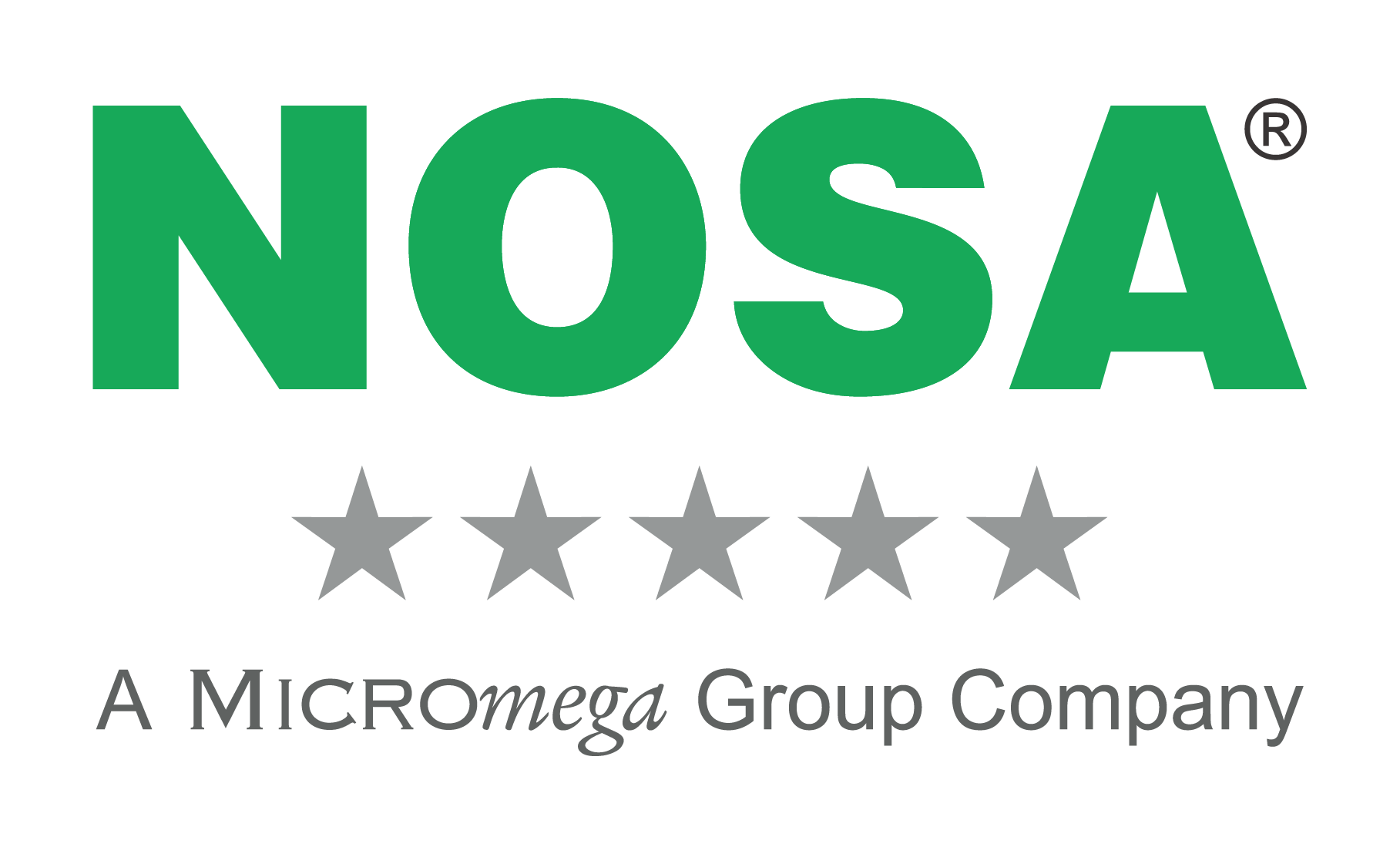
For many companies, we’re fast approaching financial year end. This is the time to review what remains in our budgets and find ways to spend what remains in a way that is responsible and productive, while avoiding wasteful expenditure that can harm your bottom line.
Help your company make an investment that can provide you a 400–600% rate of return
As a successful businessperson, you understand the importance of measuring the return on investment (ROI) whenever you put money into new equipment, processes, and even employees. In fact, how often have you refused to invest unless you can see solid proof that you’ll see a return on your investment within a specified time?
ROI can also be applied to cost savings. For example, you buy a piece of machinery that costs your company US$10 000, and by doing so you lower your annual production by US$25 000. Looking at investments in safety training in the same way will provide similar benefits. Studies have consistently shown a 1: 4 ratio in terms of the reduced costs that come with investing in proper safety training.
Remember the SEVEN other benefits of HSE training
Benefit #1: Training helps your business run better.
Trained employees will be better equipped to handle customer inquiries, make a sale or use computer systems.
Benefit #2: Training is a recruiting tool.
Today's young workers want more than a salary at the end of the month. They are geared toward seeking employment that allows them to learn new skills. You are more likely to attract and keep good employees if you can offer development opportunities.
Benefit #3: Training promotes job satisfaction.
Nurturing employees to develop more rounded skill sets will help them contribute to the company. The more engaged and involved they are in working for your success, the better your rewards.
Benefit #4: Training is a retention tool, instilling loyalty and commitment from good workers.
Staff looking for the next challenge will be more likely to stay if you offer ways for them to learn and grow while at your company. Don't give them a reason to move on by letting them stagnate once they've mastered initial tasks.
Benefit #5: Training adds flexibility and efficiency.
You can cross-train employees to be capable in more than one aspect of the business. Teach them to be competent in sales, customer service, administration and operations. This will help keep them interested and will be enormously helpful to you when setting schedules or filling in for absences. Cross-training also fosters team spirit, as employees appreciate the challenges faced by their co-workers.
Benefit #6: Training is essential for knowledge transfer.
It's very important to share knowledge among your staff. If only one person has special skills, you'll have a tough time recouping their knowledge if they suddenly leave the company. Spread knowledge around – it's like diversifying your investments.
Benefit #7: Training gives contract workers a reason to return.
Let temporary employees know there are more ways for them to contribute. Instead of hiring someone new, offer them a chance to learn new skills and benefit from their experience.
So let’s get started on growing that bottom line exponentially.
Sources:
https://safetymanagementgroup.com/safetys-impact-on-the-bottom-line/
http://www.behavioral-safety.com/articles/safety_and_the_bottom_line.pdf
https://www.linkedin.com/pulse/how-protect-your-workers-bottom-line-better-health-safety-kline
https://www.go2hr.ca/articles/employee-training-worth-investment





